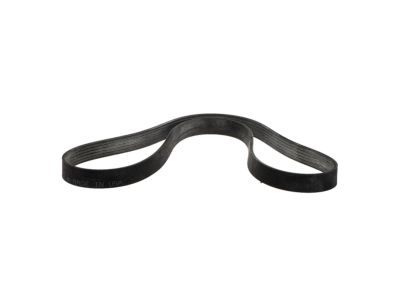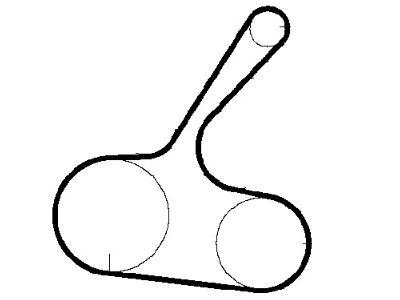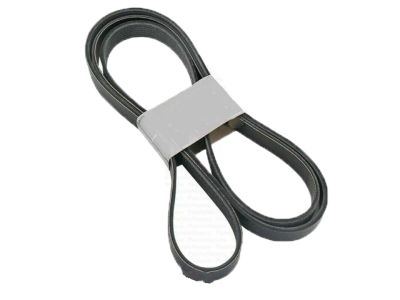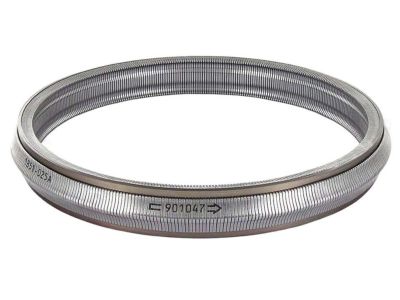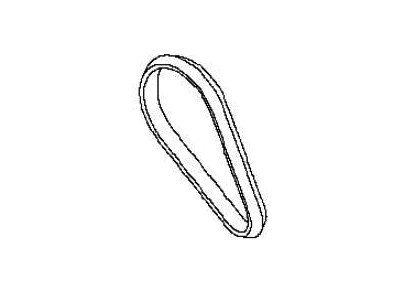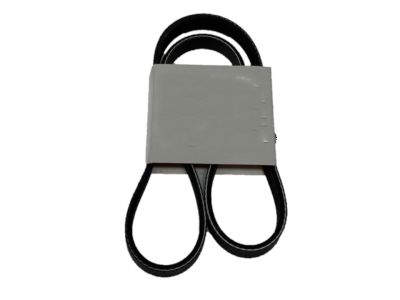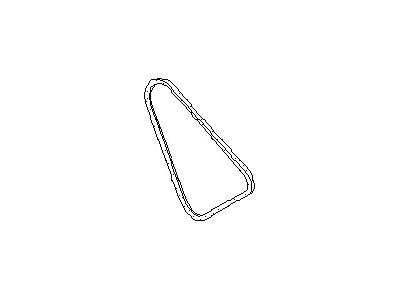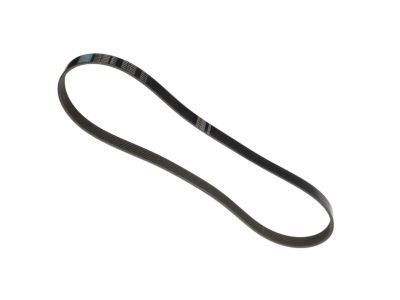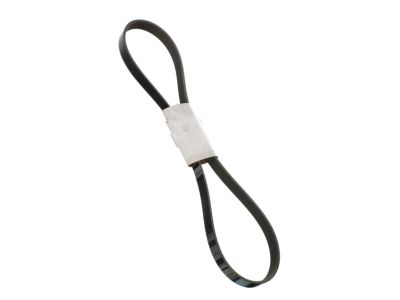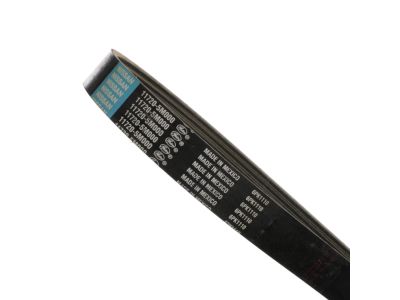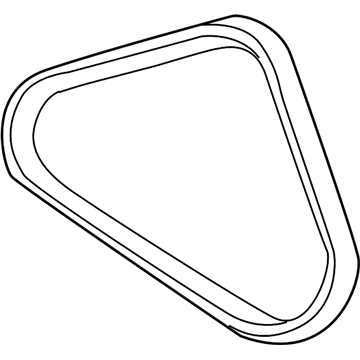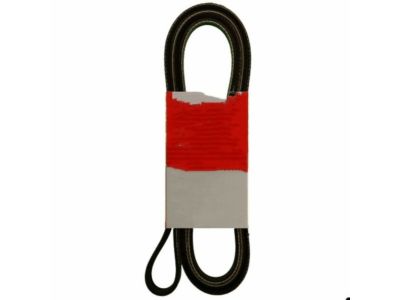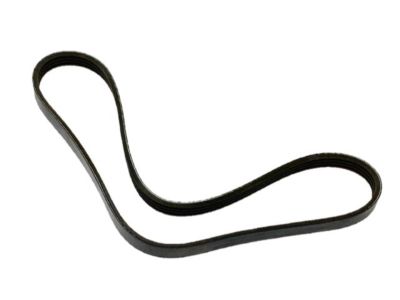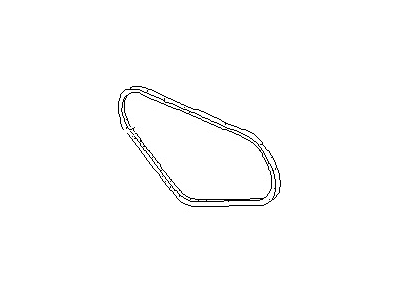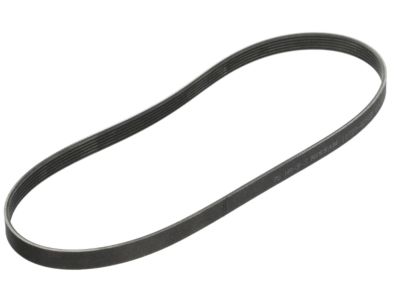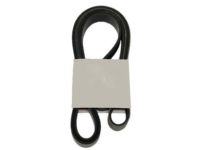×
- Hello
- Login or Register
- Quick Links
- Live Chat
- Track Order
- Parts Availability
- RMA
- Help Center
- Contact Us
- Shop for
- Nissan Parts
- Nissan Accessories

My Garage
My Account
Cart
Genuine Nissan Sentra Drive Belt
Serpentine Belt- Select Vehicle by Model
- Select Vehicle by VIN
Select Vehicle by Model
orMake
Model
Year
Select Vehicle by VIN
For the most accurate results, select vehicle by your VIN (Vehicle Identification Number).
61 Drive Belts found

Nissan Sentra Alternator Belt
Part Number: 11720-ET00A$39.65 MSRP: $57.42You Save: $17.77 (31%)Ships in 1-2 Business Days
Nissan Sentra Alternator Belt
Part Number: 11720-3SG0A$53.28 MSRP: $81.02You Save: $27.74 (35%)Ships in 1-3 Business Days
Nissan Sentra Belt Assembly
Part Number: 31240-1XF0B$295.26 MSRP: $417.03You Save: $121.77 (30%)Ships in 1-3 Business Days
Nissan Sentra Power Steering Oil Pump Belt
Part Number: 11950-4Z800$21.19 MSRP: $30.68You Save: $9.49 (31%)Ships in 1-2 Business Days
Nissan Sentra Compressor Belt
Part Number: 11720-5M000$27.72 MSRP: $40.15You Save: $12.43 (31%)Ships in 1-3 Business Days
Nissan Sentra Power Steering Oil Pump Belt
Part Number: 11950-0M200$34.23 MSRP: $46.27You Save: $12.04 (27%)Ships in 1-3 Business Days
Nissan Sentra Power Steering Oil Pump Belt
Part Number: 11950-5M001$30.35 MSRP: $43.97You Save: $13.62 (31%)Ships in 1-2 Business DaysNissan Sentra Belt-Fan & ALTERNATOR
Part Number: 11720-5TA0B$58.09 MSRP: $84.12You Save: $26.03 (31%)Ships in 1-3 Business DaysNissan Sentra BELT-FAN & ALTERNATOR
Part Number: 11720-5TU0A$58.09 MSRP: $84.12You Save: $26.03 (31%)Nissan Sentra Alternator Belt
Part Number: 11720-EN20B$53.60 MSRP: $77.62You Save: $24.02 (31%)Ships in 1-2 Business DaysNissan Sentra Power Steering Oil Pump Belt
Part Number: 11920-V7301$28.53 MSRP: $38.57You Save: $10.04 (27%)Ships in 1-3 Business DaysNissan Sentra Power Steering Oil Pump Belt
Part Number: 11950-53J10$28.53 MSRP: $38.57You Save: $10.04 (27%)Nissan Sentra Power Steering Oil Pump Belt
Part Number: 11950-53J20$28.53 MSRP: $38.57You Save: $10.04 (27%)Ships in 1-3 Business Days



| Page 1 of 4 |Next >
1-20 of 61 Results
Nissan Sentra Drive Belt
If you need any OEM Nissan Sentra Drive Belt, feel free to choose them out of our huge selection of genuine Nissan Sentra Drive Belt. All our parts are offered at unbeatable prices and are supported by the manufacturer's warranty. In addition, we offer quick shipping to have your parts delivered to your door step in a matter of days.
Nissan Sentra Drive Belt Parts Questions & Experts Answers
- Q: What are the essential steps for inspecting and replacing a serpentine drivebelt in these models on Nissan Sentra?A:These models incorporate a serpentine drivebelt that has an automatic tensioner adjuster thus the state of the belt and its tension is crucial for the engine . Because of their relative materiality and the high stress levels to which they are subjected, drivebelts are necessarily worn and require regular inspection with no provision for adjustment on these models. The serpentine drivebelt is the agent of power transmission of all the accessories of a car. To check the drivebelt, first, switch off the engine, rev the bonnet, and look for the belt. Be sure when twist the belt that both sides are to be checked In the identification of any sign of separation, cracking, fraying or glazing a flashlight should be used to have a view of each belt. In any case, the belt must be replaced to guarantee that the functioning of the engine will not be compromised. In the same way, examine the condition of the periodic drivebelt check for string tension; if the indicator notch is further than the fixed mark, the belt has to be changed. For replacement, then remove the negative battery cable, slightly rotate the right front wheel, securely lift the vehicle, and then remove the right inner fender splash shield. Loosen the belt tensioner clockwise, then secure it with a drill bit or metallic bar; do not remove the tensioner pulley bolt. Take off the old drivebelt and then put on the new one properly to its routing; after that reconnect the battery, and perhaps, go through the re-learn process, if needed. To replace the automatic tensioner, first, remove the drivebelt, and then remove the mounting bolt of tensioner for 2.0L engine and two mounting bolts for 2.5L engine and finally, install a new tensioner in the opposite way and tighten fasteners to the recommended torque.
Related Nissan Sentra Parts
Browse by Year
2024 Drive Belt 2023 Drive Belt 2022 Drive Belt 2021 Drive Belt 2020 Drive Belt 2019 Drive Belt 2018 Drive Belt 2017 Drive Belt 2016 Drive Belt 2015 Drive Belt 2014 Drive Belt 2013 Drive Belt 2012 Drive Belt 2011 Drive Belt 2010 Drive Belt 2009 Drive Belt 2008 Drive Belt 2007 Drive Belt 2006 Drive Belt 2005 Drive Belt 2004 Drive Belt 2003 Drive Belt 2002 Drive Belt 2001 Drive Belt 2000 Drive Belt 1999 Drive Belt 1998 Drive Belt 1997 Drive Belt 1996 Drive Belt 1995 Drive Belt 1994 Drive Belt 1993 Drive Belt 1992 Drive Belt 1991 Drive Belt 1990 Drive Belt 1989 Drive Belt 1988 Drive Belt 1987 Drive Belt 1986 Drive Belt 1985 Drive Belt 1984 Drive Belt 1983 Drive Belt 1982 Drive Belt


